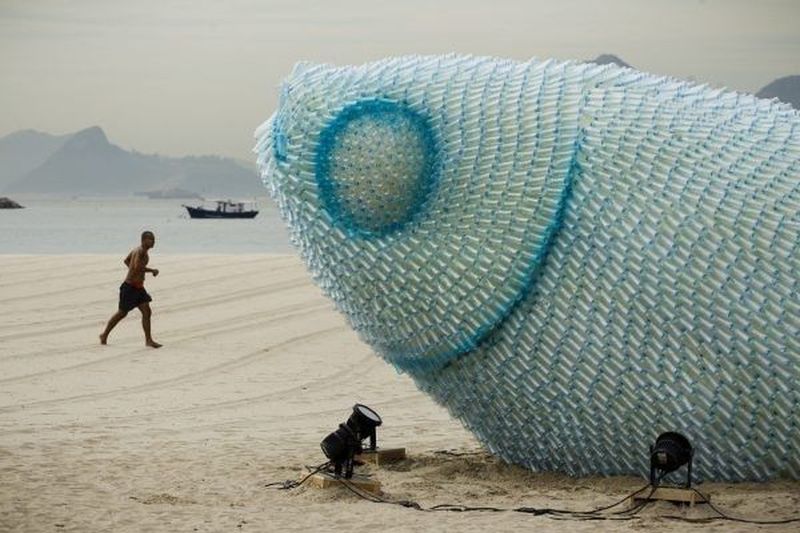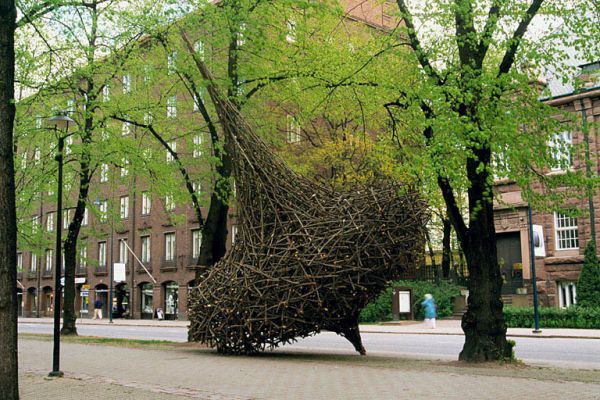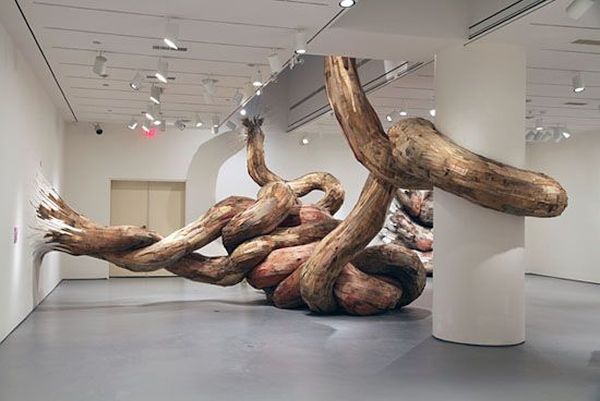The Sustainable Arts Foundation is an entity founded in 2010 by Caroline and Tony Grant. The two founders were inspired in this idea by the example of Tony’s late father, painter and sculptor James Grant.

Caroline Grant
Caroline Grant obtained a Ph.D. from UC Berkeley. She later taught writing at Berkeley, Stanford and the San Francisco Art Institute. Raising a family seemed to make her academic life and parenting incompatible. He began a career as an editor for Literary Mama. Until becoming editor-in-chief of the site. She also co-edited two anthologies, “Mama, PhD: Women Write About Motherhood and Academic Life (Rutgers University Press, 2008)” and “The Cassoulet Saved Our Marriage: True Stories of Food, Family, and How We Learn to Eat (Roost Books, 2013).” Her work with Literary Mama staff and her two books have generated in Caroline a strong desire to support writers and artists who are also parents.
Inspiration
Caroline explicitly claims that her source of inspiration was indeed Tony’s father. James Grant, in fact, continued to work in his Folsom Street studio after becoming a parent. He often took Tony and his brother with him to play, or take a nap, in the studio. His career changed during those years. Decreasing the number of exhibitions and starting a more “pragmatic” business. Like making jewelry and puzzles. Turning to faster productions both to execute and to sell.
Tony Grant
Tony co-founded the Sustainable Arts Foundation after a long career in the software industry. His passion for the arts stems from his father, who was a painter and sculptor, and growing up as the son of an artist, he focused his interests on finding a balance between art and family.
The alliance
Sustainable Arts Foundation supports artists and writers with children. It provides annual cash awards, and at least half of these awards are offered to black applicants. The alliance supports artist residencies. Striving to make these programs family-friendly as well.
Highlighting how difficult (and praiseworthy) it is to maintain strong, creative lives in the face of the many challenges of parenting.

Art and sustainability
It is also interesting to explore the significance of the symbiosis between art and sustainability.
Sustainability pervades many aspects of our lives. It has become a mantra by now. Everything leads us to think that we should take care of the environment. Through balanced economic development and by defending social welfare. Art cannot deviate from these issues. As a vehicle of communication, expression or denunciation. It plays a key role in supporting the dissemination of concepts related to sustainable development.
From the standpoint of its object, art and sustainability have always had a close connection.
On the one hand, in the history of art, the presence of nature has become increasingly important.
But it is since the second half of the last century that artists have begun to take a keen interest in the environment.
In the late 1970s, the Land Art movement (also called Earthwork or Earth Art), began to use sustainability as an artistic language. Through their very brute form, natural materials (and their impact on the environment) became artwork. Not only as tangible concretions but also (and especially) as ontological concepts.
Land Art
One of the most famous examples of Land Art is Robert Smithson’s Spiral Jetty. It is a huge sculpture (in the Utah desert) made of 5,000 tons of basalt. Built in the Great Salt Lake, and shaped like a spiral. Like the rest of the Land Art, Spiral Jetty was influenced by the landscape in which it is located. Completely intertwining with it and giving rise to a new valence of the environment.
Land Art became the first sustainable creative movement, both in form and content, through its use of natural materials. Wood, earth, sand, stones, water. In addition, the work is subject (like nature itself) to time; which often causes changes in its composition. As if it were really just another natural element.

The affect of art on nature
The relationship between art and nature, however, goes beyond the use of natural physical media. Be it when it comes to sculptures created from natural materials. Or paintings made from environmentally friendly materials. Such works, in fact, reflect the relevance of the preserving of natural landscapes, but also the due regard for the environment. The limits of growth, but also the acknowledgement of the consequences of human activity. The establishment of new roles and possibilities, but also the wise use of available resources. In this way, the artwork provides, in a tangible way, evidence of what art can do for the environment. And what, reciprocally, the environment provides for art. In terms of inspiration, meaning and creative ferment.
Website of Sustainable Arts Foundation
Maybe you may also be interested in: What goes around comes around.





